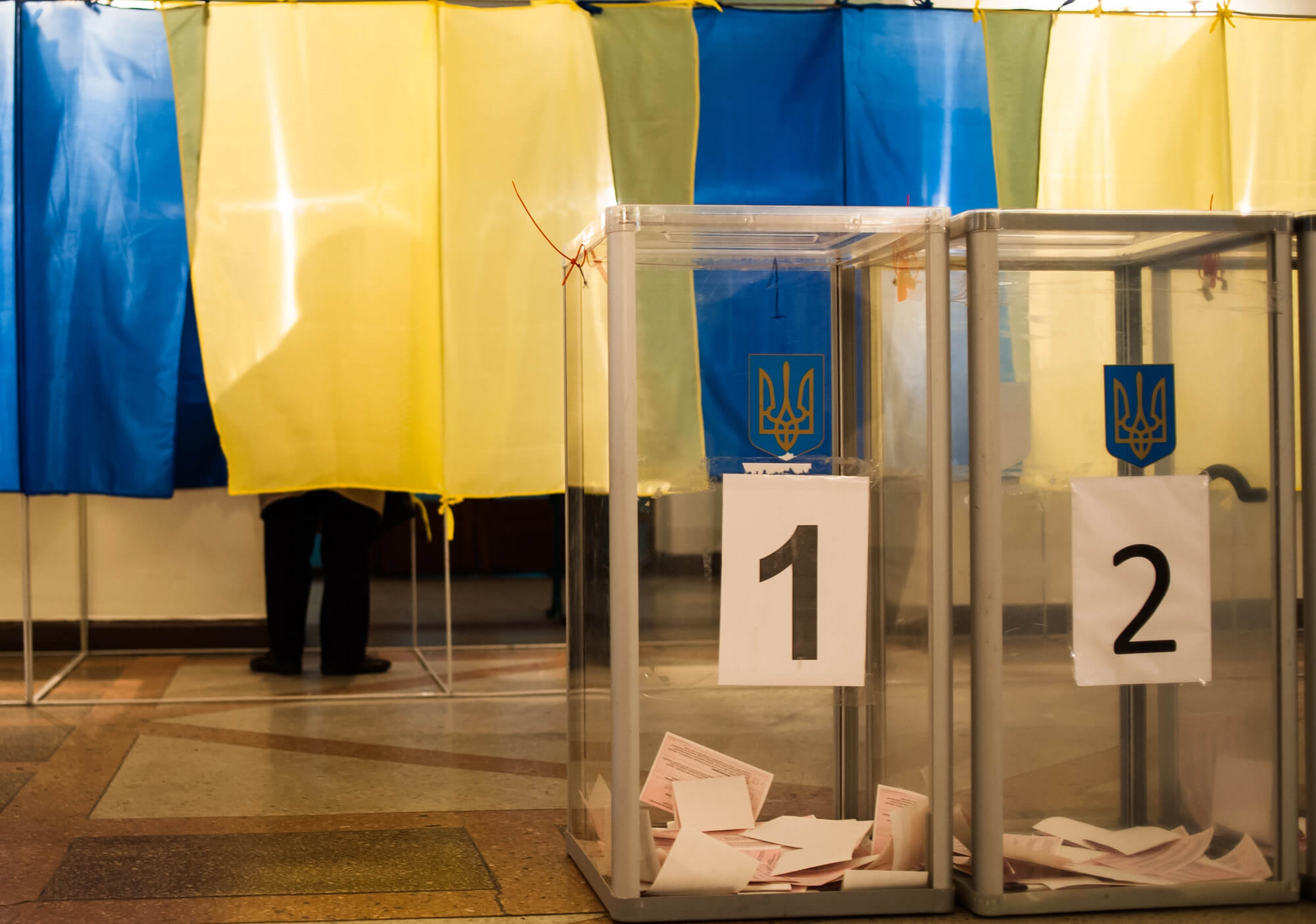One of the questions most often asked by journalists in the context of the budget and (next) raising of social standards – why do we have such a low subsistence level? (from January, 2021 – UAH 2,270 per person of working age). And can a person really survive with such a sum, especially if he/she lives in Kyiv.
The subsistence level in Ukraine has really lost its original significance. That is why today it is a problem not only for citizens, but first of all, for the state. Why?
In economic terms, the subsistence level shows how much money a person/family needs to earn in order to be able to support themselves and not to find themselves below the poverty line. If incomes are below this limit, states help families by raising their incomes to that level.
But in Ukraine such a concept became history a long time ago. Instead, in practice this indicator is used only to determine the size of a certain type of payment from/to the budget. To do this, several more types of official SL were created – for children younger than 6 years old, for children from 6 to 18 years old, for people who have lost their ability to work. Several more types of SL have been set up since 2021 – to determine the salaries for judges, prosecutors and other employees of government agencies, whose salaries were pegged to the subsistence level by laws.
Moreover, in fact there are two different subsistence levels in Ukraine: the legislative SL (the same UAH 2,270), which is determined by the law about the state budget (plus its types, for different “types” of citizens), and the actual level calculated by the Ministry of Social Policy. Now it is twice higher than the legislative one (UAH 5,113 in January, 2021).
The amount of more than 150 different payments, that are made from/to the budget, depends on the legislative SL. In practice, this list is transformed into five types of payments, we write about them in our analytical note in more detail.
The first type is social payments. According to the Ministry of Social Policy, 63 types of social benefits were pegged to the subsistence level in 2020. Payments by them amounted to UAH 40.4 billion in 2020. From this list, 27 types of social benefits depend exclusively on the subsistence level.
It is not understood, how a part of the social benefits is pegged to the legislative subsistence level. For example, these are such payments as lifelong state scholarships, a one-time monetary reward for persons who have been awarded the title of Hero of Ukraine, surcharges for citizens working in the exclusion zone, etc.
The second type is salaries in the public sector. The salaries of all “state employees” and civil servants depended on the size of the SL from January, 2017 till January, 2021. That was changed only after the government’s decision in January, 2021. The government approved the employee’s salary of the 1st tariff category in absolute terms without the peg to the subsistence level.
However, the SL still directly influences on the labor remuneration of other categories of public sector employees whose salaries are not pegged to the unified rate schedule (URS). For example, judges, whose basic salary is from 30 to 55 subsistence levels for employable persons.
The third type is pensions. The minimum old-age pension of pensionable service in the case of 35 years for men and 30 years for women is set in the amount of the subsistence level that is determined by the law for persons who have lost their ability to work. As of January 1, 2021, it is UAH 1,769. According to the Pension Fund, 1.2 million people receive a living wage in Ukraine.
The fourth type is a financial assistance to the public sector employees. For example, one-time assistance for servicemen, privates and commanders after concluding their first contract. The amount of such financial assistance is 8-10 subsistence minimums.
Finally, the fifth type is administrative payments, fines and other types of payments/SL-related claims to the business entities, that are defined by the Tax, Criminal Procedure, Economical Procedure and other legal codes and laws.
In other words, the amount of SL depends on a significant number of payments made by the state in favor of citizens, as well as part of the payments (fines) made by citizens and legal entities in favor of the state.
The “variety” of these payments is impressive. From determining the level of assistance for low-income families and social payments in the amount of 10% of the subsistence level to the state support for cinematography in the amount of 4,000 PM. It can be somehow explained by the chronically high inflation in the 1990s and 2000s, when the minimum was revised sometimes several times a year, automatically compensating the losses of inflation. However, after the transition of the NBU to inflation targeting and reducing of the inflation, the peg of payments to a minimum should be reconsidered.
Financial trap
Today, the state just cannot afford to raise the legal subsistence level to its actual level. Because any increase of the subsistence level entails not only the increase of payments for low-income citizens, but also an increase of salaries for all civil servants/judges/prosecutors, an increase of state employees’ salaries, state scholarships and cash rewards and even administrative fines.
According to the Ministry of Finance, to raise the subsistence level to its actual level in the budget law, over the next few years the state will need to increase expenditures to UAH 250 billion (5.9% of expected GDP in 2021).
We assumed, if to use the real amount of SL (UAH 5,113) to determine the judges’ salaries, in 2021 the amount of expenditures for the payment of their salaries would be UAH 9 billion higher than provided by the law on the state budget for 2021. And this is without taking into account the large number of surcharges and regional coefficients.
That is why the statutory subsistence level is so low in Ukraine today.
How to solve this problem?
In our opinion, several important steps should to be taken to break the deadlock.
(1) To change the philosophy of application of the subsistence level in Ukraine. This should not be an indicator to which hundreds of budget payments are pegged through a system of coefficients. This should be an indicator of whether a family is earning enough or needs some help.
(2) To provide the peg to the amount of SL only of those types of payments that should be pegged to it economically (for example, the amount of assistance for low-income persons).
The state should cover the difference between the household’s actual income level and household’s actual subsistence level, if the first is lower than the second. Therefore it is necessary to
- review the amount of social assistances and combine them by content and purpose, for example, as “poverty assistance”
- take into account the total family income while determining the benefit.
(3) To unpeg all types of payments from the subsistence level, that should not be pegged to it. For example, salaries of judges and prosecutors, the amount of state scholarships; salaries of public sector employees; fines and administrative fees, etc. To calculate these indicators, we need to use other methods than the SL multiplied by the coefficient
(4) To update and revise the methodology of SL calculating.
It is encouraging that both the government and the deputies have a similar approach to solving the problem.
A group of deputies headed by Galyna Tretyakova, Head of the Verkhovna Rada Committee on Social Policy and Veterans, registered the draft law №3515 last year, and at the beginning of 2021 the government registered its draft law № 5045. They are similar in logic (according to both of them the SL is detached from many types of payments of the budget), although there are different approaches to how to do it.
During the recent discussion of these draft bills with representatives of the Ministry of Finance, the Ministry of Social Policy, the relevant Verkhovna Rada Committee and a representative of the President’s Office of Social Policy, several more important steps were formulated to move forward. The key ones are the following:
(1) The subsistence level should be the same for everyone. It is necessary to withdraw from strange categories such as different SL for children of different ages or for citizens who have lost their ability to work (because it does not make their basic needs in life different). To proceed from the assessment of SL for a citizen to assessment of SL for a family (household), as it happens in most countries.
At the same time, it is necessary to introduce a regional coefficient for the application of the subsistence level. As the price level, for example, in Kyiv is higher than in some other regions. Therefore, the same income can provide different level of living.
(2)To consider the capability of defining different types of payments in absolute terms, possibly with index-linking on the inflation rate, instead of the subsistence level at least during the transition period. This will help the government to increase the effectiveness of aid, ie to help citizens exactly where and when it is needed.
(3) To reform the social benefits system and focus on helping low-income citizens. It should become a key tool for the state to support those Ukrainians who really need it. The amount of payments under this program should be increased. Other programs of the Ministry of Social Affairs should be reviewed and significantly enlarged.
(4) To increase the subsistence level without stress for the budget. To do this, we need to look for a reserve (read: reduce costs) due to savings in those areas where government support is not needed.
UAH 900 billion of budget funds, which are currently distributed through the Ministry of Social Policy and Social Funds, is enough to finance high-quality social protection for the poorest. But the state should not provide payments to 50% of the population, as it is happening today. As it is impossible to check such a large number of consumers of state support.
(5) To systematize the relevant legislation. According to the Ministry of Social Policy‘s estimates, today the issues of social payments and the subsistence level are regulated by about 180 statutes of the law in 13 legal codes and laws. It is very difficult to handle on such a system of legislation, to perform changes to it to make them work properly and consistently.
We may start with a single projected law that will comprehensively regulate the item of the subsistence level application. All relevant authorities should be involved in its development. Such a projected law can be prepared by combining and finalizing the draft laws about the SL reform, which are already registered in the parliament – 3515 of deputies and 5045 of government.
Of course, this all cannot be done quickly – in a year or even two. Therefore, it is about forming a medium-term action plan of a package approach of this issue. With the participation of many parties involved.
Attention
The author doesn`t work for, consult to, own shares in or receive funding from any company or organization that would benefit from this article, and have no relevant affiliations



